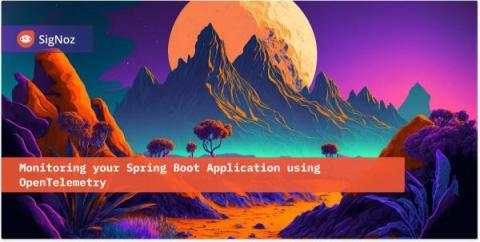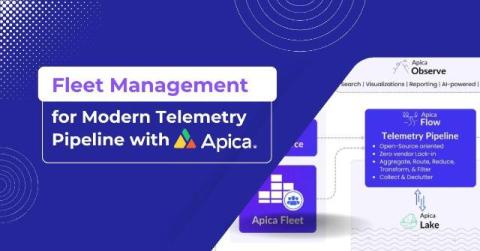New TraceQL features in Grafana Tempo 2.5 | Grafana
In this video, you'll see a deep dive demo into the experimental TraceQL features in Grafana Tempo 2.5. Grafana Cloud is the easiest way to get started with Grafana dashboards, metrics, logs, and traces. Our forever-free tier includes access to 10k metrics, 50GB logs, 50GB traces and more.











